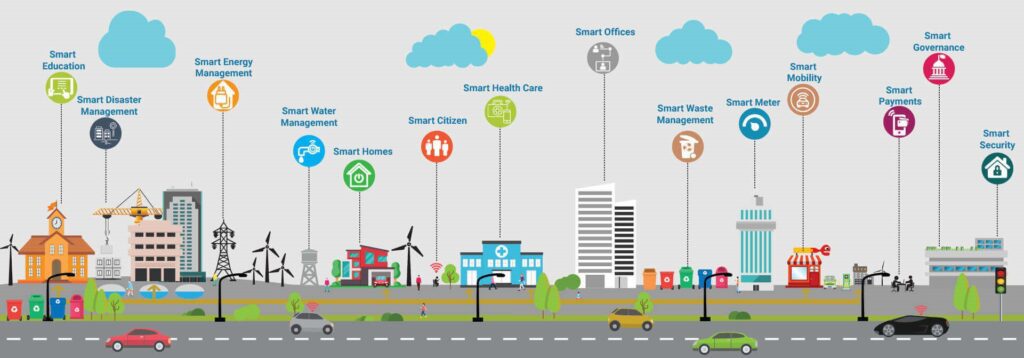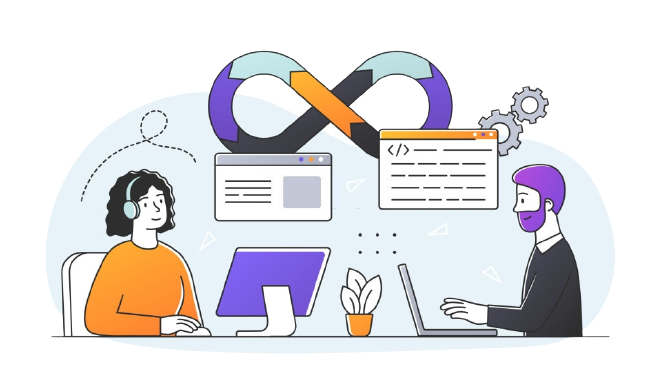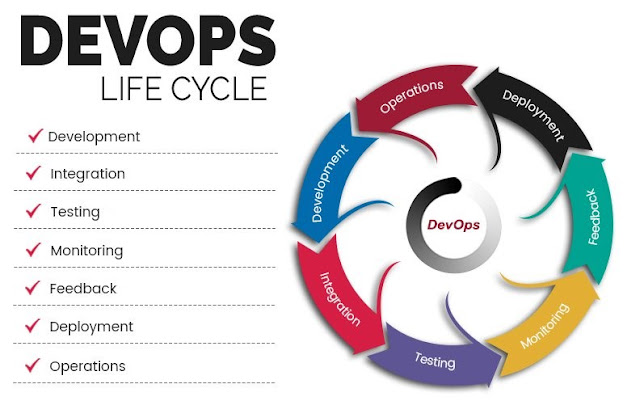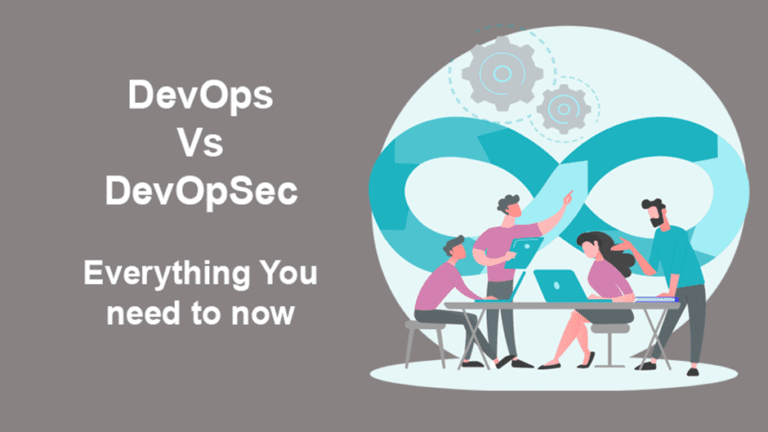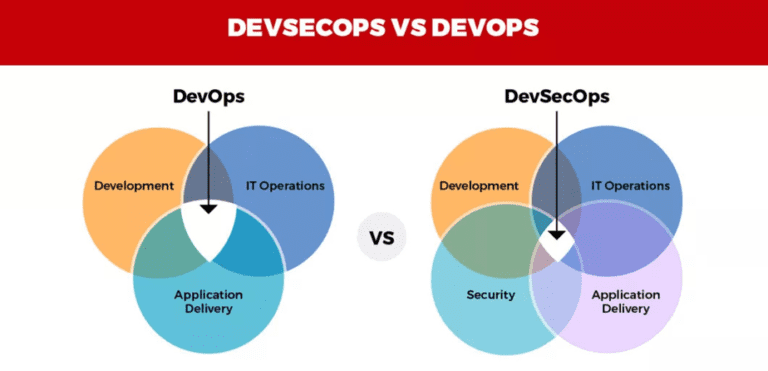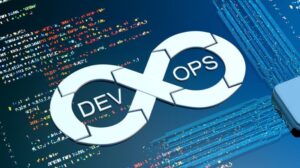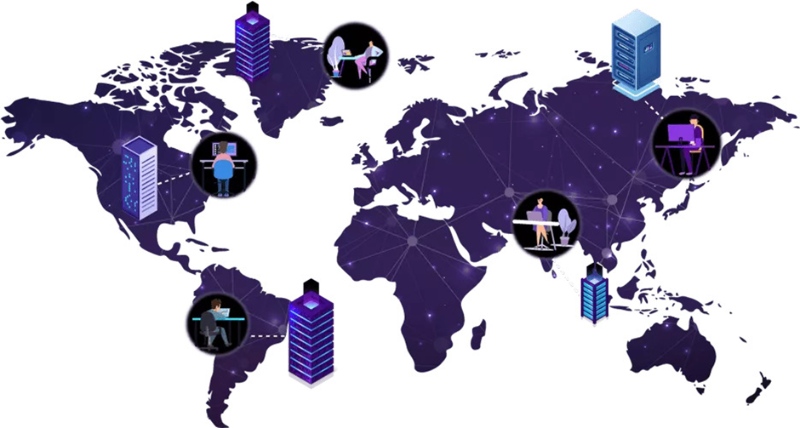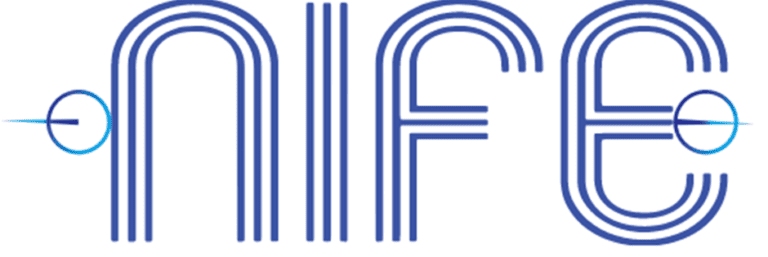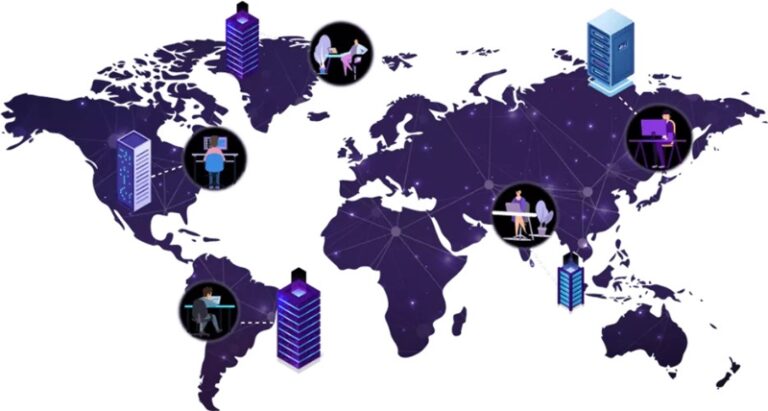Generate 95% more profits every month by easy Cloud deployment on Nife
Cloud use is increasing, and enterprises are increasingly implementing easy cloud deployment tactics to cut IT expenses. New digital businesses must prioritize service costs. When organizations first launch digital services, the emphasis is on growth rather than cost. However, as a new service or firm expands, profitability becomes increasingly important. New digital service businesses frequently go public while still losing money. However, attention shifts to how they can begin to increase the top line faster than expenses grow. Creating profitable digital services and enterprises requires having a plan, a cheap cloud alternative and knowing how expenses scale.
Why Cloud Deployment on Nife is profitable?#
[Nife] is a serverless and cost-effective cloud alternative platform for developers that allows enterprises to efficiently manage, launch, and scale applications internationally. It runs your apps near your users and scales computing in locations where your program is most frequently used.
Nife's Hybrid Cloud is constructed in the style of a Lego set. To build a multi-region architecture for your applications over a restricted number of cloud locations, you must understand each component—network, infrastructure, capacity, and computing resources. Manage and monitor the infrastructure as well. This does not affect application performance.
Nife's PaaS Platform enables you to deploy various types of services near the end-user, such as entire web apps, APIs, and event-driven serverless operations, without worrying about the underlying infrastructure. Nife includes rapid, continuous deployments as well as an integrated versioning mechanism for managing applications. To allow your apps to migrate across infrastructure globally, you may deploy standard Docker containers or plug your code directly from your Git repositories. Applications may be deployed in many locations as NIFE is a Multi-Cloud platform in Singapore/US/Middle East. The Nife edge network includes an intelligent load balancer and geo-routing based on rules.
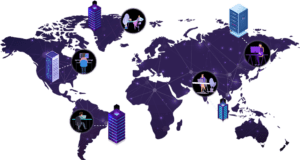
How can Cloud Deployment on Nife drive business growth?#
Here are 7 ways you can use Nife's hybrid cloud to grow your business.
1. Increase your output.#
Easy cloud deployment from Nife improves productivity in various ways. For example, you may use your accounting software to conduct reports to identify which items or services sell the best and which salespeople generate the most income. The instant availability of precise, up-to-date business information and a cheap cloud alternative makes it easier to identify and correct inefficiencies inside your organization [(Asmus, Fattah, and Pavlovski, 2016)].
2. Maintain current business data.#
On NIFE, easy cloud deployment makes it easier than ever to keep data and records from all departments in one place. When a business app connects to the central database, it obtains the most recent version. When a database entry is added or altered, it does not need to be manually transferred across to other databases.
3. Protect your company's data and paperwork.#
The latest cloud data encryption technology on NIFE guarantees that all data transmitted to and from your devices is secure, even if it is intercepted by thieves. This covers all documents and communications, both internal and external.
4. Scale as necessary.#
Before investing in an on-premises IT system, you must be certain that you will use it to its maximum capacity to justify the significant initial expenditure [(Attaran and Woods, 2018)]. It also takes months of preparation and specification. NIFE's easy cloud deployment technology adapts to changing business demands significantly better than traditional IT infrastructure and is far less expensive.
5. More chores should be automated.#
Cloud task automation minimizes employee burdens, providing them with more time to be productive. Productivity software plans out the work that needs to be done in the next days and weeks and informs team members well before anything is due, allowing employees to achieve more while requiring less day-to-day supervision [(Surbiryala and Rong, 2019)].
6. Spend less money.#
Cloud computing eliminates the need for IT infrastructure, hardware, and software. This saves money on power and is a terrific way to demonstrate to your clients that you can be socially responsible while still making more money by using cheap cloud alternatives [(Shah and Dubaria, 2019)].
7. Hire fewer programmers and IT personnel.#
The less equipment you need to maintain on-site, the better. You may get started with Nife's cloud computing by sending an email to their customer care staff.

Conclusion#
The cost of easy cloud deployment is determined by the company you select and the services you require. You must decide which cloud type is ideal for your company, how much data you will save, and why you are transferring to the cloud.
NIFE's Hybrid Cloud Platform is the quickest method to build, manage, deploy, and scale any application securely globally using Auto Deployment from Git. It requires no DevOps, servers, or infrastructure management and it's the cheap cloud alternative and Multi-Cloud platform in Singapore/US/Middle East.
Learn more about Hybrid Cloud Deployment.



